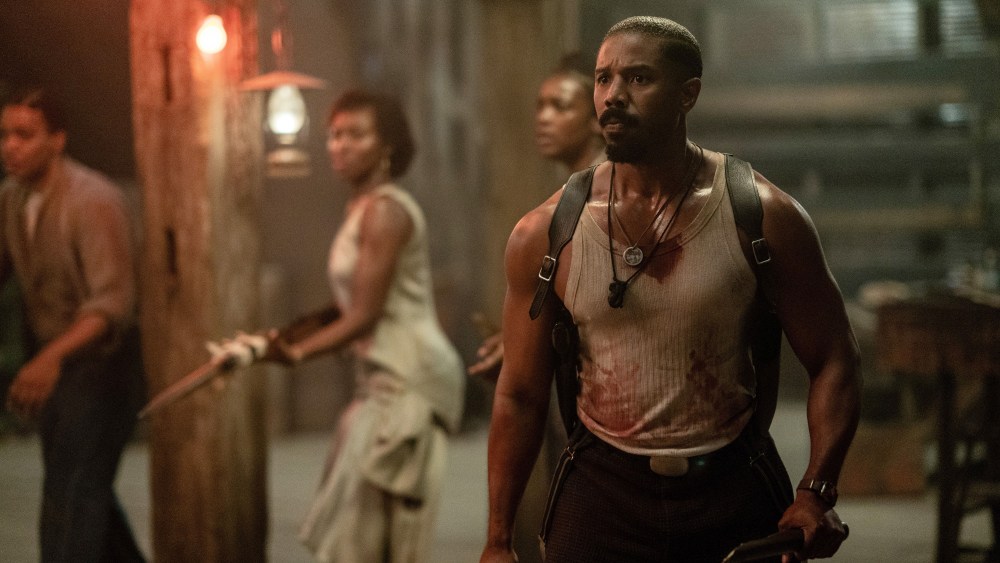Overview of “Sinners”
“Sinners,” crafted by Ryan Coogler, is a visually stunning and immersive vampire film that blends historical elements with a surreal social commentary. Set against the backdrop of a small Deep South community during the early 1930s, it offers a captivating and intense thriller experience that explores the metaphor of vampirism in profound ways. Despite some unevenness, “Sinners” effectively showcases how an entertaining film can possess serious themes.
Setting and Characters
Taking place in 1932, the film unfolds in Clarksdale, Mississippi, a locale filled with sharecroppers, blues musicians, and a backdrop of racial tension. The story centers on Michael B. Jordan’s dual role as the Smokestack twins—Smoke and Stack—who return to their hometown after serving in World War I and navigating criminal life in Chicago under Al Capone. They return to a place riddled with Jim Crow laws, epitomizing their view that “Chicago ain’t nothing but Mississippi with tall buildings.”
Character Dynamics
Jordan’s portrayal of the twins is enhanced by advanced visual effects, showcasing their shared moments, such as passing a cigarette between them. While Smoke wears a blue cap and Stack a red one, both characters share similar traits, making their subtle differences—like Stack’s warm smile versus Smoke’s cold demeanor—more nuanced. Jordan’s performance captures the dichotomy of good and evil, reminiscent of Robert De Niro’s technique in dual roles, blending gravitas with charisma.
Thematic Depth
While horror films often delve into broader themes, “Sinners” stands out as it addresses significant issues surrounding the consequences of sin within Black America, from the allure of criminality as a means of escape from oppression to Robert Johnson’s legendary pact at a crossroads in exchange for musical talent. Johnson’s presence is felt through the film even if he doesn’t appear, primarily through the character of Preacher Boy, a talented musician played by newcomer Miles Caton, who embodies the spirit of the blues and connects pivotal narrative threads.
Director’s Vision
Over the past 12 years, Ryan Coogler has cultivated a reputation in Hollywood through careful, impactful filmmaking. After establishing himself with “Fruitvale Station” (2013) and gaining acclaim with “Black Panther” (2018), “Sinners” reflects his unique perspective and highlights the current state of cinema. The film is visually articulate, showcasing Mississippi’s vibrant yet foreboding atmosphere, crafted by cinematographer Autumn Durald Arkapaw, while emphasizing the connection between the twins and their community.
Building Tension
The first half of “Sinners” unfolds with a sense of realism rather than horror, as the twins work tirelessly to prepare for the juke joint’s opening. This exploration of community and character depth, including the emotional baggage of their past relationships, significantly enhances viewer engagement. The introduction of vampires occurs later in the narrative, shifting the film’s tone and leading to a confrontation that calls into question the balance of fantasy and reality.
Cultural Commentary
In “Sinners,” vampires symbolize the oppressive white culture that threatens the joy and freedom experienced by the Black community within the juke joint. The vampires seek to drain the characters of their autonomy, turning their pursuit of freedom into a struggle against an invasive force. As the story progresses, it becomes apparent that the battle against vampiric influences is a metaphor for larger societal challenges. Coogler weaves together music as a liberating force while simultaneously acknowledging its darker connotations, culminating in a post-credits scene that encapsulates the film’s complex mythology.



